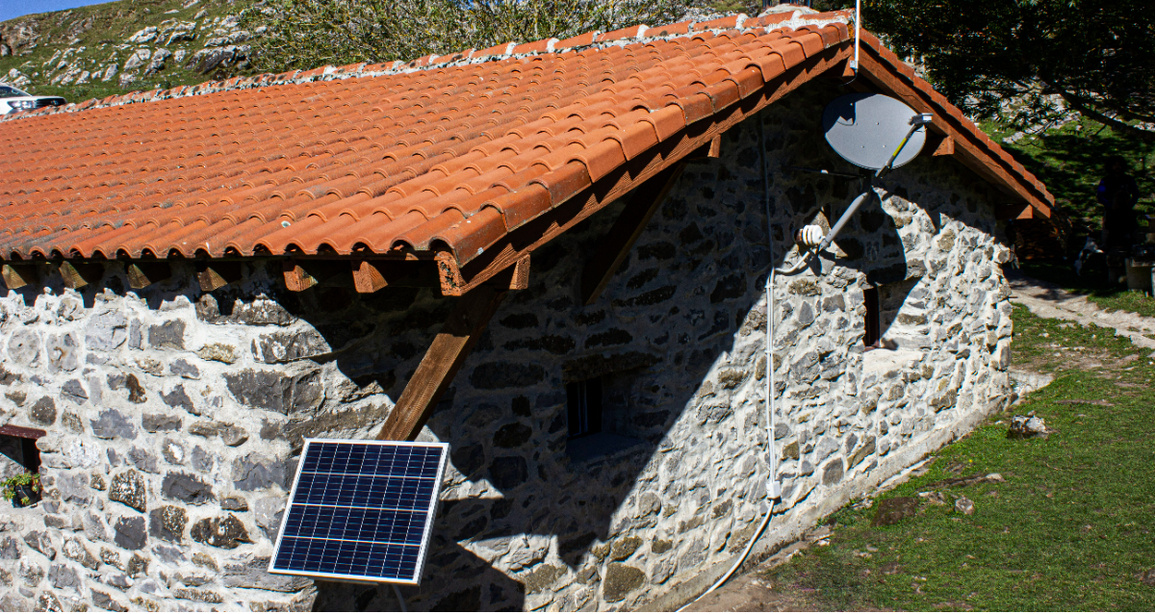
When talking about the problem of the digital divide in Spain, there is a lot of emphasis on the idea that we have a golden opportunity to "leave no one behind" in the digitalization process in which the country is currently immersed. . Not even on the windiest peak of Aralar.
On the Gipuzkoa slope of the Aralar mountain range is the Enirio-Aralar community: more than 3,000 hectares of land located mostly at more than 1,000 meters above sea level where, beyond the beech forests adorned by dolmens from ancient times, 18,000 sheep , 900 mares and 900 cows belonging to the ranchers of the 15 towns that make up the community graze in the summer months. Enirio-Aralar, established 600 years ago and presided over by the mayor of Ordizia, belongs to the Aralar Natural Park and has 40 cabins located in remote areas - some of them without water or electricity - that are given to shepherds so that they can remain with their herds and carry out tasks such as milking or making Idiazábal cheese.
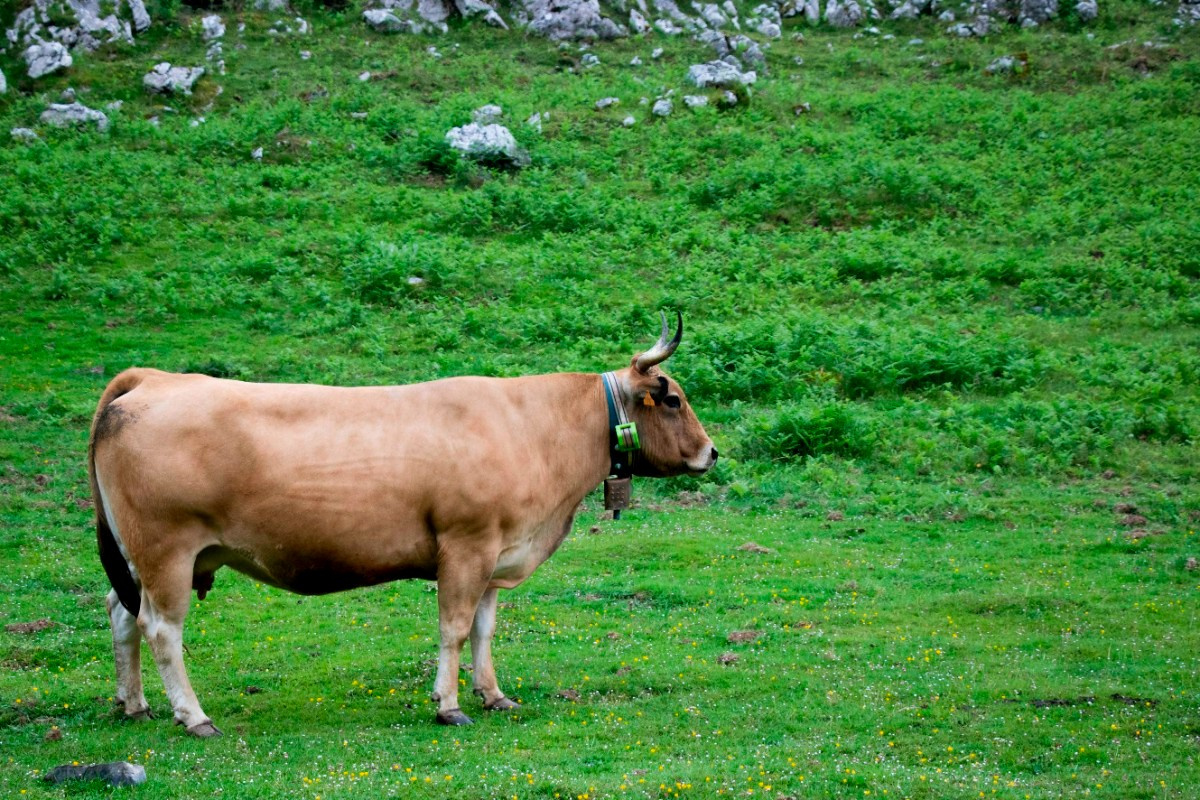
To access the Kontxi cabin, where when the time comes - "when they are not dry" - they will have to manually milk their 200 sheep twice a day, our group travels from Ordizia in the 4x4 of the mayor of Abaltzisketa, Jon Zubizarreta. It is a half hour climb along a barely marked path in which we only encounter the curiosity of the cows that graze peacefully to forget the winter months they have spent confined in the stables.
After parking next to one of the cabins that have the easiest access, we walk for twenty minutes along the slopes of Aralar, facing winds of 80 kilometers per hour that make the climb difficult and turn raindrops into pins that stick in the our faces, we arrive at the Kontxi cabin, a shelter with a wood stove and a small room where, according to what we are told, a couple of hikers have sometimes sneaked in.
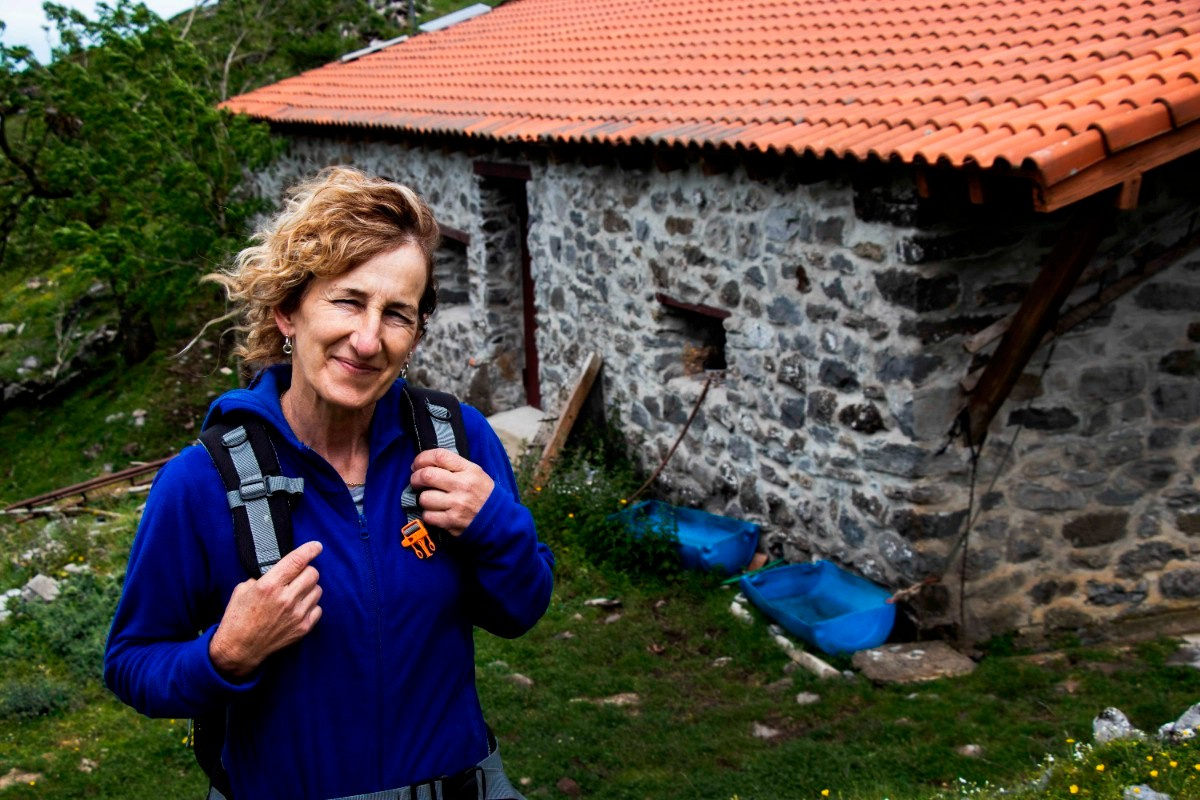
Connectivity in the Aralar mountain range barely exists; and the one that exists, comes and goes, like the gusty wind. So let's not even talk about the digitalization of the activity in Aralar. The result is that the shepherds of the community are thus exposed to isolation that can be total if a storm hits. Not to mention that, if any misfortune occurs, they will be at the expense of someone being surprised by their lack of news.
A way of life as demanding as that of Kontxi, who faces it with admirable spirit, or that of Jon, who also has his mares a little higher up, can be improved thanks to the use of satellite connectivity. The Red Eléctrica Group, through HISPASAT and Elewit, is leading a pilot project in which it works with the IoT solutions integrator Nexmachina to implement a series of connectivity applications in the area aimed at improving the conditions of shepherds in their cabins, guarantee their safety and optimize the resources of the municipalities in the area.
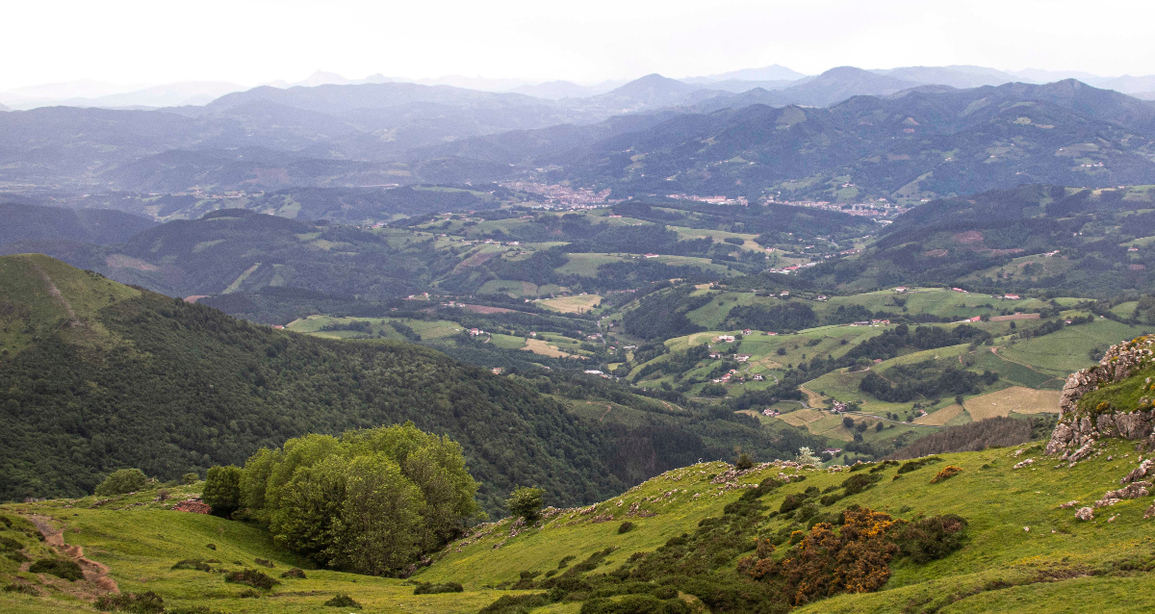
HISPASAT presented its connectivity solutions for the rural world at Presura 21, including its new wholesale satellite broadband service of up to 100 Mbps.
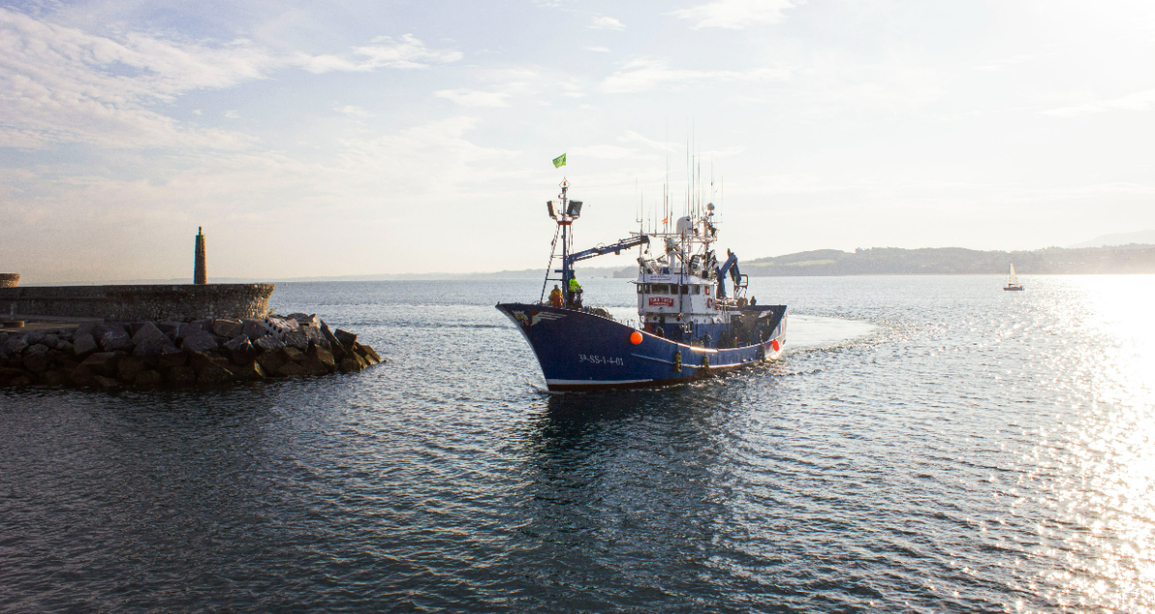
The Smart Boat pilot project by Redeia and Nexmachina has deployed IoT sensors on a Hondarribia boat to monitor the safety of its crew and improve its fishing activity.

Two years later, we return to the Mobile World Congress with a wide range of new developments in the field of satellite connectivity for remote and mobile environments that you can discover at our stand 7C50, located in hall 7.

This week the European Space Conference was held in Brussels, one of the main meetings of the sector on the continent, where the new constellation on whose definition HISPASAT is working was debated.
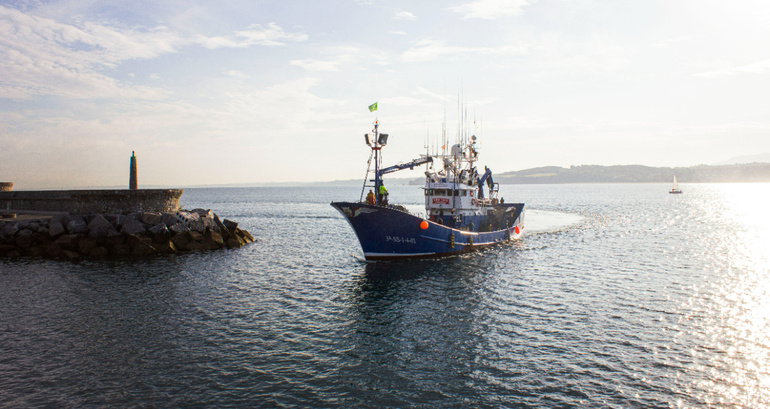
The Smart Boat pilot project by Redeia and Nexmachina has deployed IoT sensors on a Hondarribia boat to monitor the safety of its crew and improve its fishing activity.